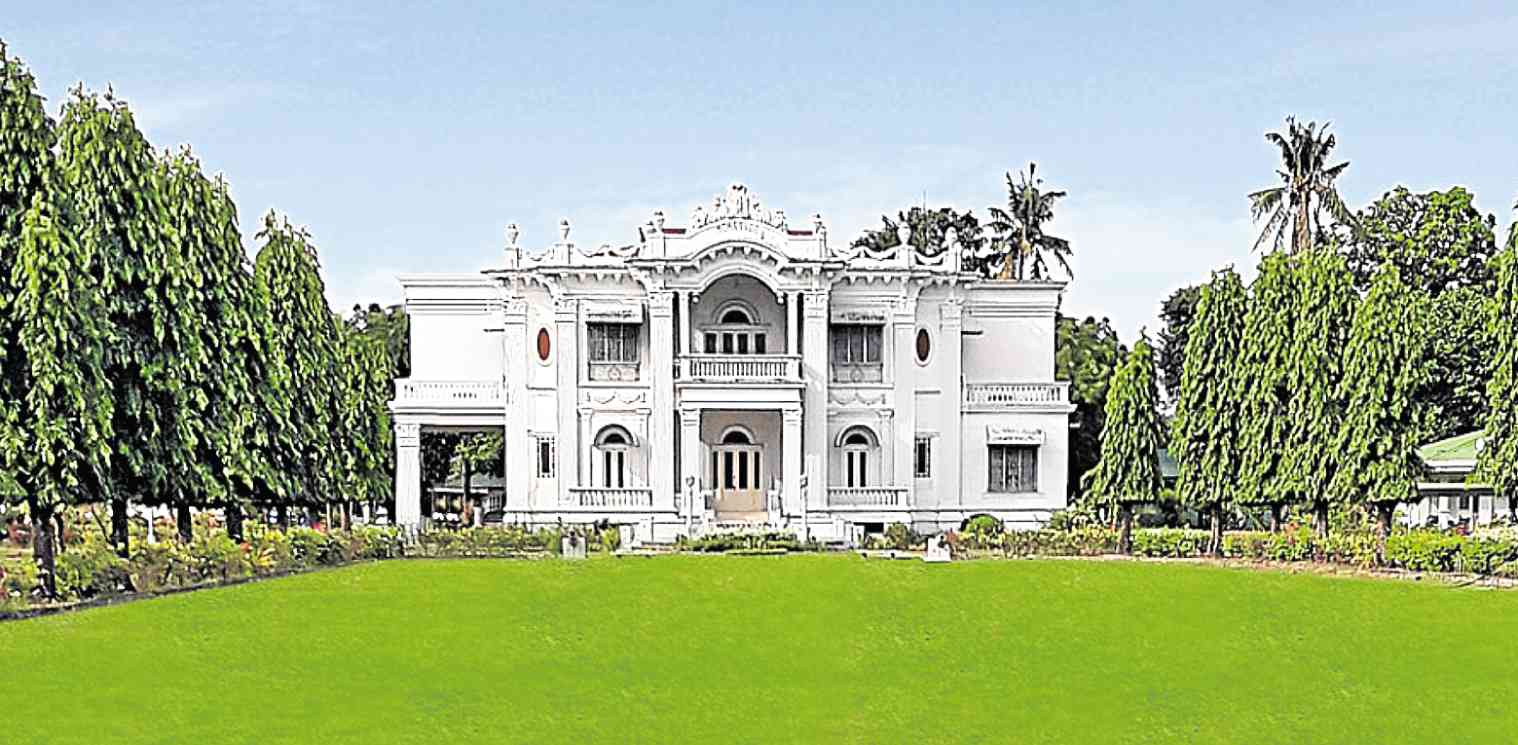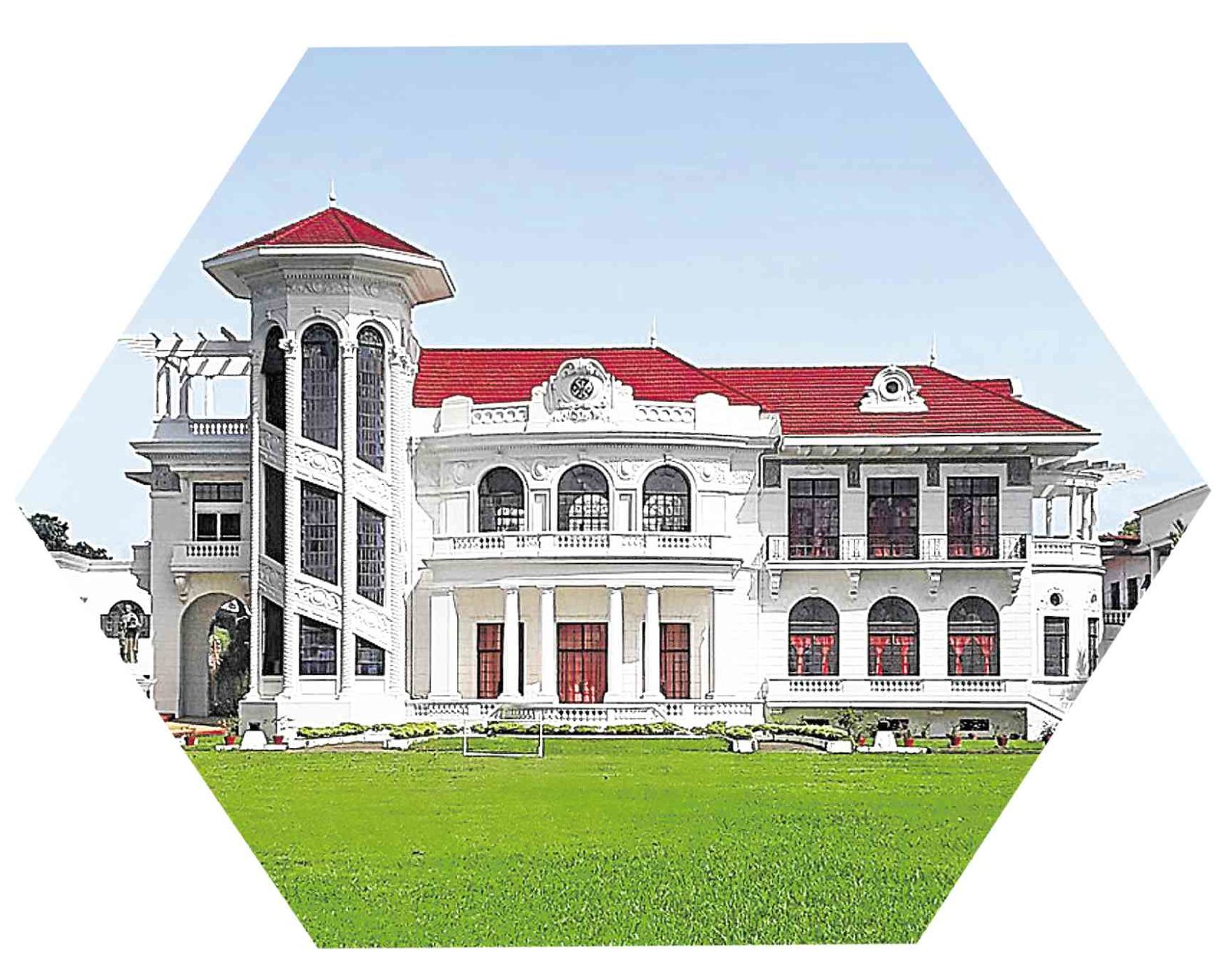The houses that sugar built
When we think of heritage houses in the Philippines, Ilocos and Intramuros often come to mind for the typical Manileño.
Beyond the limits of Luzon, however, are homes which offer an equally rich and engaging history. Iloilo, in particular, hosts some of the most awe-inspiring ones in the Visayas region.
Dubbed as the “Heart of the Philippines,” this province successfully meshes the past and present together. The heritage houses of Iloilo provide a glimpse of the province in its Golden Age, when hacienderos earned enormously from the export of Iloilo’s sugar. It’s a must visit for those wishing to see how the Ilonggo elite lived a century ago. It also hints of what Filipinos could become in the future, if we just find the right break in the global economy.
Yusay-Consing Mansion
Also known as the Molo Mansion, the house was built in the 1920s by the forefathers of the Consing family of Iloilo.
The structure takes us back to the American time, with its Neoclassical features and Art Deco accents. A lush open field surrounds the home, emphasizing grandeur and beauty. A wide entrance and a semi-circular balcony greet visitors upon arrival.
Inside, the house is composed of two floors built of wood and concrete. Its glass windows are a combination of sliding and casement panels protected by ornate metal grilles. Wide entryways allow the easy flow of traffic and air.
The ground floor’s high ceiling is decorated with floral wooden motifs, while a classic chandelier of capiz shells dominate the grand foyer. The main wooden staircase features rails which gracefully wrap the structure’s edges, warmly inviting guests to the upper floor.
Once a dilapidated mansion left to the wrath of time, the Yusay-Consing house was recently restored by the SM Group who is its current owner. Despite fears of demolition, the business conglomerate brought back the home’s luster and re-opened it to the public as a cultural souvenir shop and café. It is one of the few heritage houses in the city which tourists can visit and appreciate for free.
Casa Mariquit
Named after Mariquit Javellana, daughter of a prominent banker in Jaro, Casa Mariquit is a house with 200 years under its belt and counting. Though akin to a typical bahay na bato in terms of layout, this home features a unique brick base that has been preserved through the ages. Originally, it served as a bank on the ground floor and a home on the second.
Nowadays, the structure functions as a museum of sorts, containing memorabilia of one of the more famous members of the Javellana clan: Fernando Hofileña Lopez, former Vice President of the Philippines and the husband of Mariquit.
Though the ground floor is no longer in use, Casa Mariquit has been preserved in good condition. The house contains antique wooden furniture which boast of intricate carvings. Its windows still feature capiz shells alluding to the home’s Spanish origins. A wide terrace graces the front of the home, offering a view of the street below and an adjacent banyan tree. Grilled transom windows are made fully out of wood, providing cool air through the second floor interiors.
Not quite enormous in size, Casa Mariquit makes up in history what it lacks in grandness. Tourists can arrange private tours by coordinating with the caretaker of the premises. It offers a peak into one family’s way of living throughout our country’s fight for freedom.
Nelly Gardens
Dubbed the Queen of Heritage Houses, the Nelly Gardens along Eugenio Lopez Street was named after the eldest daughter of the owner. It is famous for the extensive manicured lawn that surrounds the mansion, emphasizing its grandeur.
More formally known as the Lopez Heritage House, it was built in 1928 by Ilonggo statesman Don Vicente Lopez and his wife, Doña Elena Hofileña.
On the outside, it is a “White House” in its own right, offering a symmetrical façade prescribing to the Beaux-Arts style. The ground floor consists of the dining room, sala and other rooms meant for entertainment and gathering. The upper floor hosts the bedrooms and a family room. A winding stairway made of the prized tindalo wood provides the link between the two floors.
The grand mansion is now used as a venue for receptions and private events. It has been preserved to maintain its grandeur and refinement, serving as a cultural gem in Iloilo City.
Villa Lizares
Rivaling Nelly’s Gardens in terms of splendor and size, the Lizares Mansion is a masterpiece of the 1930s era.
Designed by Andres Luna de San Pedro, son of famous painter Juan Luna, the mansion was built in 1937. It was commissioned by Don Emiliano Lizares of the Lizares clan, one of the primary movers of the sugar industry in Negros Island.
The building is recognizable for its left tower with a conical roof, embellished by a spiral wrap around its interior staircase. A balcony graces the front of the house, supported by columns of the Tuscan order. Inside the house, the grand scale is retained, with an entrance foyer opening up to a high ceiling dome. Stained glass and colorful fixtures adorn the house, paying tribute to the flamboyant nature of its time.
Nowadays, the mansion houses the Angelicum School Iloilo and is managed by the Dominican Order. The priests in charge of the school are responsible for the painstaking restoration of the old structure, with many of the rooms still featuring original ornaments.
In the past, during Christmas time, the mansion hosted a beautiful Christmas light display, dubbed as the “Sigaboom sa Angelicum.” Since 2018, however, the priests decided to forego the annual event due to resulting holes and cracks on the façade.
Overall, Iloilo boasts of numerous mansions and structures, the number of which is too many to describe in a single article.
For someone who wants to experience the grandeur of the past, Iloilo City is an ideal destination, as many of the Spanish- and American-era homes have been restored and maintained. As the city continues to progress and include new structures in its roster, we can only hope that the remnants of its past will never be forgotten.
Today, the city exemplifies the successful co-existence of nostalgia and development. Hopefully, more cities in the Philippines would follow suite, as our country’s rich history is best told by the remaining survivors of the bygone eras.
Sources: Atty. Christine Florete; bluprint.onemega.com; Cpparreno, and Americana22ount via Wikimedia Commons; Constantine Agustin via Flickr.com; www.valcaulin.com





